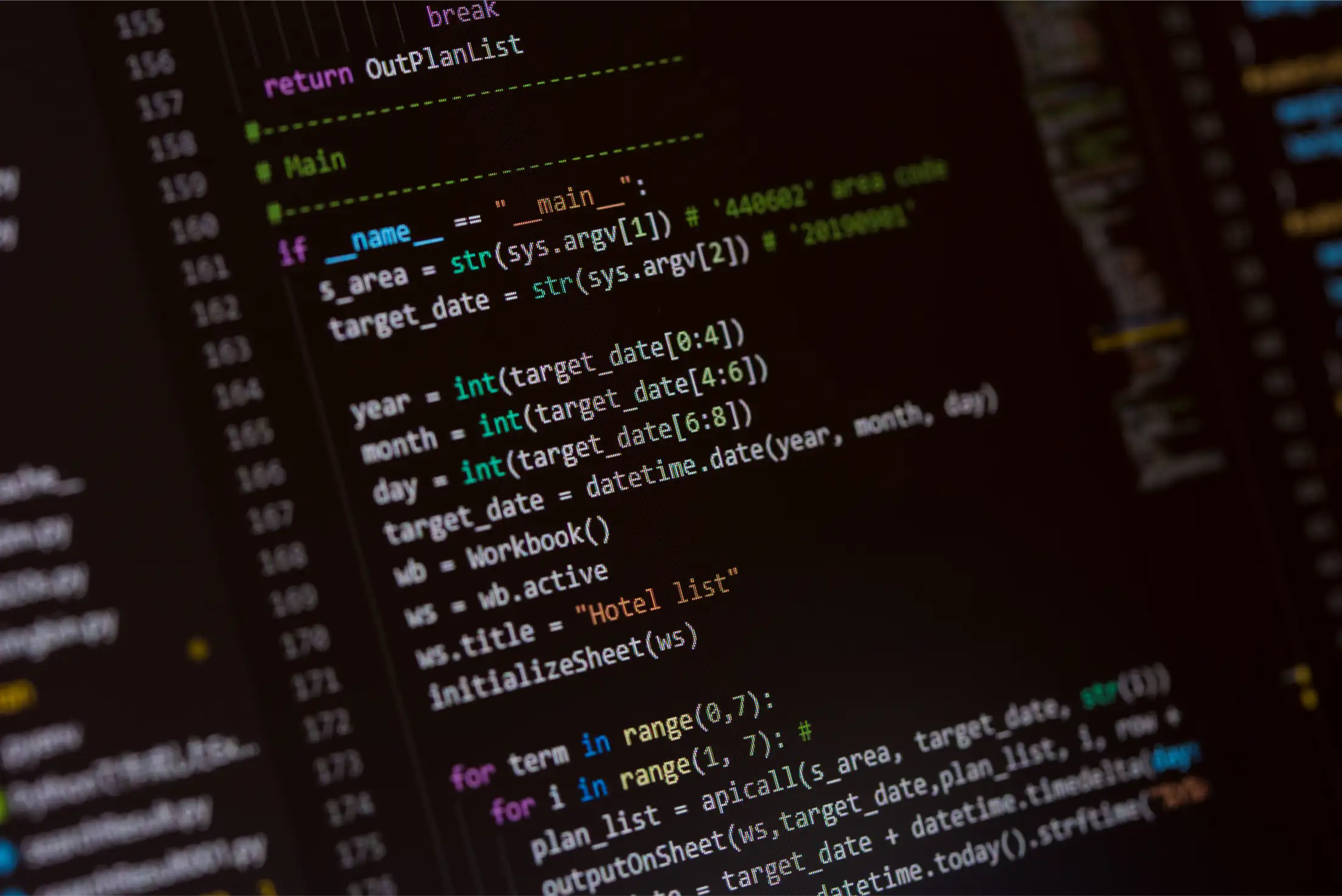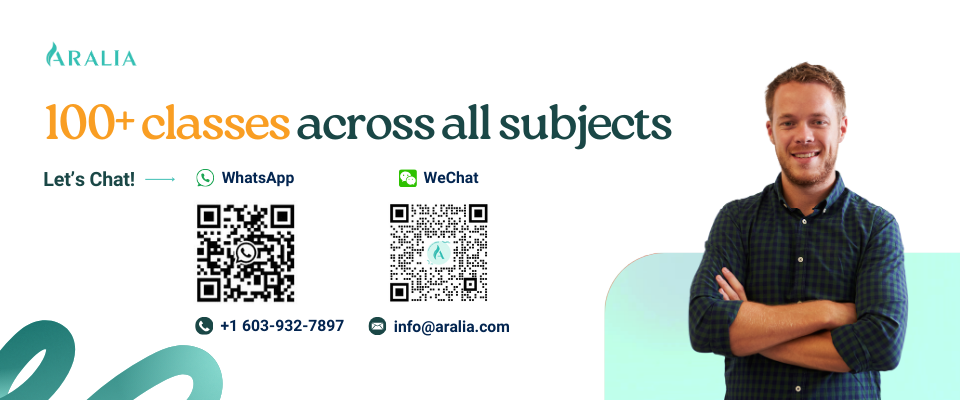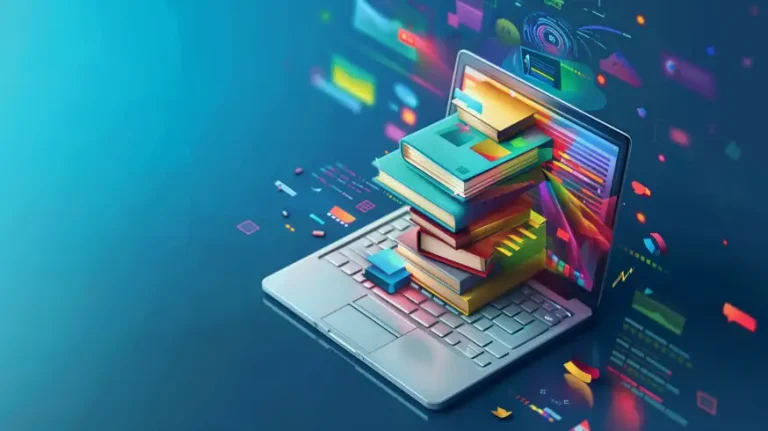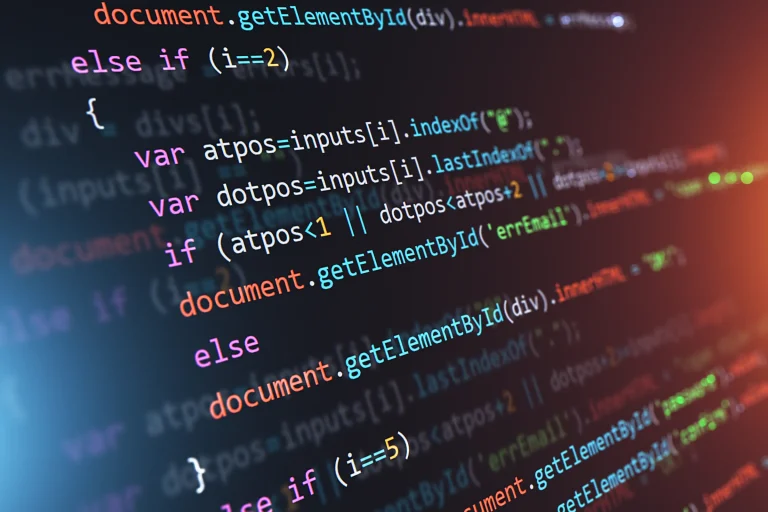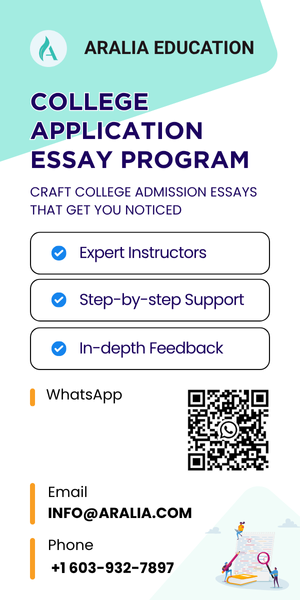Python might sound like something only tech geniuses use, but it’s one of the most accessible, beginner-friendly, and widely used programming languages today. From building video games and automating homework tasks to preparing for competitive programming and future STEM careers, Python offers students a powerful head start.
Unlock Your Programming Potential: Students in Our ACSL Competition Preparation Class Are More Likely to Secure Awards
1. Python is Easy to Read, Easy to Learn
One of the biggest challenges for beginners is navigating confusing code, symbols, punctuation, and syntax that can seem like a foreign language. Python was intentionally designed to remove those barriers.
Python was designed to be clean and straightforward. Its syntax (the way the code is written) often looks like plain English, which makes it less intimidating for first-time coders.

That short program asks for your name and greets you. No curly braces, no complicated setup. Just plain logic that makes sense.
Why it matters: Students can focus on solving problems rather than struggling with the language itself. Python’s simplicity allows learners to experience early wins, like building interactive programs within their first few lessons, which builds confidence and keeps motivation high.
2. Python is Commonly Used in the Real World
Python isn’t just a teaching tool. From startups to global tech companies like Google, Spotify, NASA, and Netflix, Python is a core tool used in websites, apps, and research labs.
Here are just a few real-world applications:
- Web Development: Flask, Django
- Artificial Intelligence and Machine Learning: TensorFlow, PyTorch
- Data analysis and visualization: Pandas, Matplotlib
- Game Development: Pygame
- Automation and Scripting: Automate tedious tasks, rename files, scrape data from websites
When students learn Python in high school, they’re not just practicing for theoretical exams; they’re acquiring real and applicable skills. These are the same tools and workflows used in university labs, internships, and top tech firms.
3. It’s Perfect for School Projects and Personal Ideas
Whether you want to build a science fair project, create a custom calculator for geometry homework, or design a simple video game, Python gives you the tools.
Thanks to Python’s massive collection of free libraries (pre-built tools you can plug into your code), students don’t need to reinvent the wheel every time.
Examples of what students have built:
- A flashcard app to study for exams
- A weather bot that sends daily updates
- A budgeting tool to track allowance and spending
- A game based on trivia or math puzzles
Creating something tangible makes coding exciting. Python turns passive learners into active problem-solvers who apply what they’ve learned to real situations, boosting creativity and critical thinking.
4. Tons of Free Resources Are Available
Python has one of the largest online communities of learners and developers. That means you don’t have to wait for college or pay for expensive software to start learning.
Great places to start include:
- Python.org: Official documentation and beginner tutorials
- Replit: An online integrated development environment—code and run instantly
- Khan Academy: Interactive lessons for teens
- freeCodeCamp: Comprehensive, project-based courses
- CS50 by Harvard (on edX or YouTube): A rigorous intro course, free on edX or YouTube
Many schools and after-school programs also offer beginner-friendly Python courses, and platforms like Code.org feature Python-based lessons and activities. There’s no cost barrier to getting started. Anyone with a laptop (or even a Chromebook) and Wi-Fi can learn Python. It’s the most accessible tech skill you can start today.
Aralia Students Are 3x More Likely to Place Top Computer Science Competitions
5. It Builds a Foundation for Future Careers
Even if your child doesn’t aspire to be a software engineer, Python teaches critical thinking, logical reasoning, and problem-solving skills. Those are essential skills that apply in every profession.
For students interested in STEM careers, Python is often the first programming language introduced in college-level computer science, engineering, data science, and robotics programs.
Even non-tech fields are increasingly using Python, including:
- Biology: Analyzing genetic sequences and simulating ecosystems
- Finance: Writing algorithms for stock trading or risk analysis
- Journalism: Scraping data for investigative stories
- Art & Design: Creating generative art and interactive visuals
- Psychology: Modeling behavior using data and simulations
Plus, many university programs in computer science and data science use Python as the introductory language, so students who’ve already learned it enter college with a serious advantage.
Python is more than a skill. It teaches students how to think like an innovator, experiment like a scientist, and build like an engineer. For those considering careers in STEM, business, or research, Python is the universal toolkit.
Excel in Coding and Problem Solving with Aralia’s ACSL Competition Prep
At Aralia, the ACSL Competition Prep program helps students build the skills and confidence needed to excel in the American Computer Science League (ACSL). The course includes two weeks of foundational programming followed by focused sessions covering all 12 ACSL topics, with off-topic problems before each contest to boost problem-solving skills. Taught by a former computer science teacher at The Dalton School and an award-winning ACSL coach, the program offers expert instruction and proven mentorship to help students strengthen their problem-solving abilities and prepare them for success. For more information, visit Aralia | ACSL Competition Prep
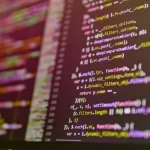
ACSL Competition Prep
The program begins with two weeks of dedicated programming practice to provide participants with an opportunity to enhance their skills. Subsequently, each of the 12 ACSL topics is allocated a two-week period, allowing ample time for in-depth exploration and understanding. Prior to each contest, participants are presented with two programming problems that are intentionally unrelated to the current topics. These problems are designed to enhance the coder’s skills and foster comfort in tackling diverse challenges.

